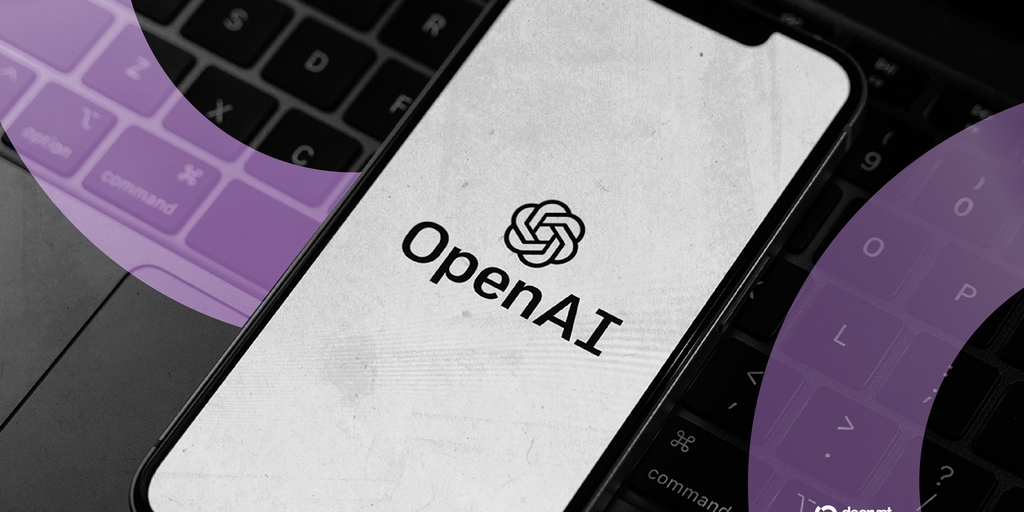In brief
- Developers report regressions in coding ability, raising doubts about GPT-5’s “reasoning powerhouse” claim.
- Rollout frustrations mount as older models vanish and access differs sharply across pricing tiers.
- PR stumbles and ethical concerns deepen skepticism around OpenAI’s most ambitious model yet.
OpenAI’s much-hyped launch of GPT-5—touted as a groundbreaking leap in artificial intelligence—has instead hit a familiar snag called reality.
The company billed the model as its most advanced yet, but early users say the rollout has been anything but seamless. Reports of sluggish performance, erratic outputs, and missing features have fueled growing skepticism about whether GPT-5 and OpenAI can deliver on its promises.
On Friday, OpenAI CEO Sam Altman offered a mea culpa on X for all of the company’s promises and mistakes.
“Rolling out to everyone is taking a bit longer,” he wrote. “It’s a massive change at big scale.”
Altman acknowledged the rocky rollout, conceding it was rougher than OpenAI had planned.
“We will continue to work to get things stable and will keep listening to feedback,” he said. “As we mentioned, we expected some bumpiness as we roll out so many things at once. But it was a little more bumpy than we hoped for!”
Here’s a breakdown of the early complaints and controversies surrounding GPT-5 and what it might signal for the future of AI rollouts.
Performance Woes: Less Chatty, More Clunky
Many users on the Free and Plus tiers say GPT-5 felt lazy, slower, shorter, and more robotic than before.
they should just call non reasoning model “lazy.”
like, gpt-5 lazy.
so we know it can reason but chooses not to.
— signüll (@signulll) August 8, 2025
Slower responses, shorter replies, and a more robotic tone prompted comparisons to early-generation bots rather than an “expert-level” AI. Some even argue it’s a step backward, especially when compared to the snappy and contextual GPT-4o.
“Incredible how ChatGPT Plus went from essential to garbage with the release of GPT-5,” wrote Nillion Network CTO John Woods on X.
Hyperbolic Labs co-founder and CTO Yuchen Jin called the model a letdown—still prone to hallucinations, overusing em dashes, and struggling to follow instructions.
“I miss 4o, 4.5, and o3. The big router keeps failing me,” he wrote. “Turns out I liked the long model list…please, get my friends out of the funeral.”
And while OpenAI marketed GPT-5 as a reasoning powerhouse, users say it often needs heavy-handed prompt engineering just to perform at the level expected.
“ChatGPT has some very serious bugs with routing for GPT-5,” Raindrop AI CTO Ben Hylak wrote. “Unless you say ‘think harder,’ almost every request gets routed to a much smaller model that is incredibly stupid and circular.”
Some developers flagged what they saw as regressions in basic coding skills with GPT-5 reportedly stumbling over fundamental programming concepts such as variable scope and initialization—a troubling sign for a model marketed as the future of intelligent agents and autonomous coding.
First impressions of GPT-5 for coding REAL projects:
It’s awful.
It’s super slow and when I asked it to recommend improvements on a feature, it gave me 4 things to improve & the code to go with it….
All 4 recommendations either didn’t work or completely broke the feature.
— Josh Sisley (@joshsisley) August 7, 2025
Worse, GPT-5 introduced “thinking modes” that operate like internal gears—but users can’t see or control them. The result? Confusion. One moment it’s a philosopher, the next it can’t tell how many Bs are in “blueberry.”
Rollout Frustrations: Where’s My Old Bot?
If you felt pushed into GPT-5, you’re not alone. Many users complain that older model options like GPT-4 and 4o were abruptly removed or made hard to access, leaving them stuck with a model they didn’t ask for.
I for one want GPT 4.1 back, not 4o. It was the only model that had the 4.5 “big model smell” properly distilled into it. Its capacity to imitate writing styles is unmatched. Stop that synthetic data slop and give us models that actually READ original literature.
— David Finsterwalder (@DFinsterwalder) August 8, 2025
The rollout has also exposed stark disparities between pricing tiers. Free-tier and Plus users get throttled with usage limits and a nerfed “mini” version, while Pro and Team subscribers access the full GPT-5 Pro. That’s nothing new—but in the context of widespread dissatisfaction, it’s particularly galling.
Even Pro users have reported delays, outages, and throttling during peak hours, suggesting that OpenAI may be struggling with capacity.
PR Misfires and Ethical Red Flags
Any high-stakes tech launch carries the risk of a PR faceplant, and GPT-5 delivered.
OpenAI drew criticism for using performance charts that some observers called misleading. The company also fumbled a basic math example during its live demo, a slip that raised eyebrows among both engineers and investors.
Ethical concerns also continue to dog the rollout, and GPT-5’s massive context window and AI agent abilities have reignited fears about misuse, ranging from fraud and misinformation to the creation of synthetic media designed to deceive. Longstanding issues such as algorithmic bias, privacy violations, and job displacement have returned to the conversation with renewed urgency, intensifying calls for regulation.
The Good News (Yes, There Is Some)
Not everything is broken. OpenAI claimed GPT-5 showed progress on several fronts: fewer hallucinations, less sycophantic flattery, and more consistent reasoning across a broader range of topics. Its larger context window means it can now track and integrate information across longer conversations, which is genuinely useful for power users.
The safety system has also been upgraded to offer more nuanced responses to sensitive prompts, though some still feel GPT-5 errs on the side of bland risk aversion.
For developers with the right prompts and patience, GPT-5 can produce impressive code and tackle complex reasoning tasks. But for many, it still falls short of the “game-changer” billing.
Conclusion: A Soft Launch in a Hard World
GPT-5’s debut offers a cautionary tale in AI development: technical prowess isn’t enough. Expectations are sky-high, and the margin for error is shrinking. Users want speed, accuracy, personality, and control—and they want it all the time.
OpenAI now faces the twin challenge of managing those expectations while continuing to iterate on a product that is, for all its flaws, still at the frontier of AI. The company’s rollout strategy may need as much fine-tuning as the model itself.
Because if this is the future of AI… it might need a patch.
Generally Intelligent Newsletter
A weekly AI journey narrated by Gen, a generative AI model.







